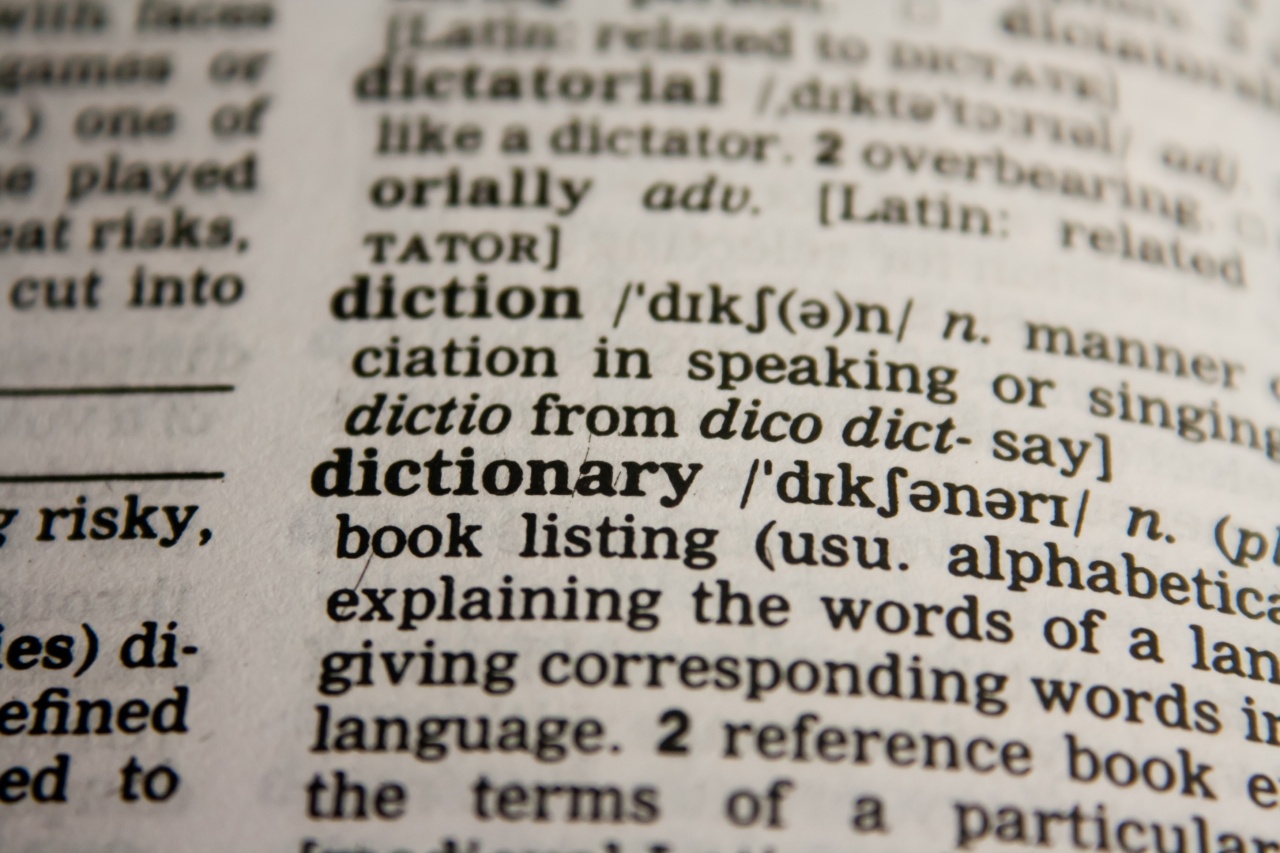Dyslexia is a learning disorder that affects a person’s ability to read, spell, write, and speak.
Individuals with dyslexia often have difficulties with language-related tasks, such as decoding words, recognizing spelling patterns, and understanding written text. These challenges can significantly impact their English reading skills. However, with proper interventions, it is possible to enhance the reading abilities of individuals with dyslexia and help them succeed in learning English.
In this article, we will explore various strategies, techniques, and resources that can be utilized to support individuals with dyslexia in improving their English reading skills.
Understanding Dyslexia
Dyslexia is a neurodevelopmental condition that primarily affects the processing of language-based information. It is characterized by difficulties in accurate and fluent word recognition, poor spelling, and decoding abilities.
Dyslexia is not a reflection of a person’s intelligence or capabilities; it is simply a different way of processing information.
Recognizing Signs of Dyslexia
The signs of dyslexia may vary in individuals, but some common indicators include:.
- Difficulty in learning and remembering letter names and sounds
- Struggling to read words, especially unfamiliar ones
- Making frequent reading errors and substitutions
- Reading slowly and with poor fluency
- Difficulty in spelling and writing
- Trouble with comprehension and understanding written text
Diagnosing Dyslexia
To identify dyslexia, it is essential to consult a professional, such as an educational psychologist or a specially trained literacy specialist.
They will conduct a comprehensive assessment that includes observations, interviews, and standardized tests to understand an individual’s reading abilities and any underlying difficulties.
Multisensory Teaching Approaches
One highly effective approach for enhancing English reading skills in individuals with dyslexia is the use of multisensory teaching methods.
These methods involve engaging multiple sensory pathways, such as seeing, hearing, and touching, to reinforce learning. Some key strategies within this approach include:.
- Orton-Gillingham Approach: This research-based method uses a systematic, structured, and sequential approach to teach reading and spelling through visually, auditory, and kinesthetic activities.
- Structured Word Inquiry: This approach encourages learners to explore the structure and patterns within words to develop a deeper understanding of the English language.
- Multisensory Phonics: It focuses on teaching the relationship between sounds and letters through various sensory activities, such as tracing letters in sand while saying their sounds out loud.
Assistive Technology and Tools
Advancements in technology have opened up a world of opportunities for individuals with dyslexia to enhance their English reading skills. Here are some assistive technologies and tools that can support their learning:.
- Text-to-Speech Software: These programs convert written text into spoken words, helping individuals with dyslexia to follow along and comprehend the content more effectively.
- Speech-to-Text Software: This technology allows individuals to dictate their ideas, which is then transcribed into written form. It can be immensely helpful during writing tasks.
- Dyslexia-Friendly Fonts and Color Overlays: Certain fonts, such as OpenDyslexic, and colored overlays can alleviate reading difficulties by enhancing letter clarity and reducing visual distortions.
- Electronic Reading Devices: E-readers and tablets offer features like adjustable fonts, spacing, and background colors, enabling individuals to customize their reading experience and improve readability.
Effective Instructional Strategies
Teachers and educators play a vital role in supporting students with dyslexia to enhance their English reading skills. Some effective instructional strategies for learners with dyslexia include:.
- Explicit Phonics Instruction: Providing explicit and systematic instruction on letter-sound relationships, blending, and segmenting words to develop phonemic awareness.
- Structured Reading Programs: Implementing structured reading programs that focus on decoding skills, sight word recognition, and reading fluency.
- Chunking and Scaffolding: Breaking down information into smaller, manageable chunks and providing scaffolding support, especially during reading comprehension activities.
- Visual Aids and Graphic Organizers: Utilizing visual aids such as charts, diagrams, and graphic organizers to facilitate understanding and comprehension of complex texts.
Building Vocabulary and Word Recognition
A robust vocabulary and word recognition skills are essential for proficient reading. Here are some strategies for individuals with dyslexia to build their vocabulary:.
- Contextual Learning: Exposing learners to rich and varied texts that provide ample opportunities to encounter new words in meaningful contexts.
- Morphological Instruction: Teaching learners about word roots, prefixes, suffixes, and their meanings to help decipher unfamiliar words.
- Vocabulary Games and Apps: Engaging learners in interactive and engaging vocabulary games and applications that reinforce word meanings and usage.
Creating a Supportive Learning Environment
Creating a supportive learning environment is crucial for individuals with dyslexia to thrive and enhance their English reading skills. Here are some key considerations:.




























